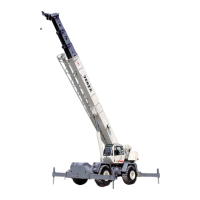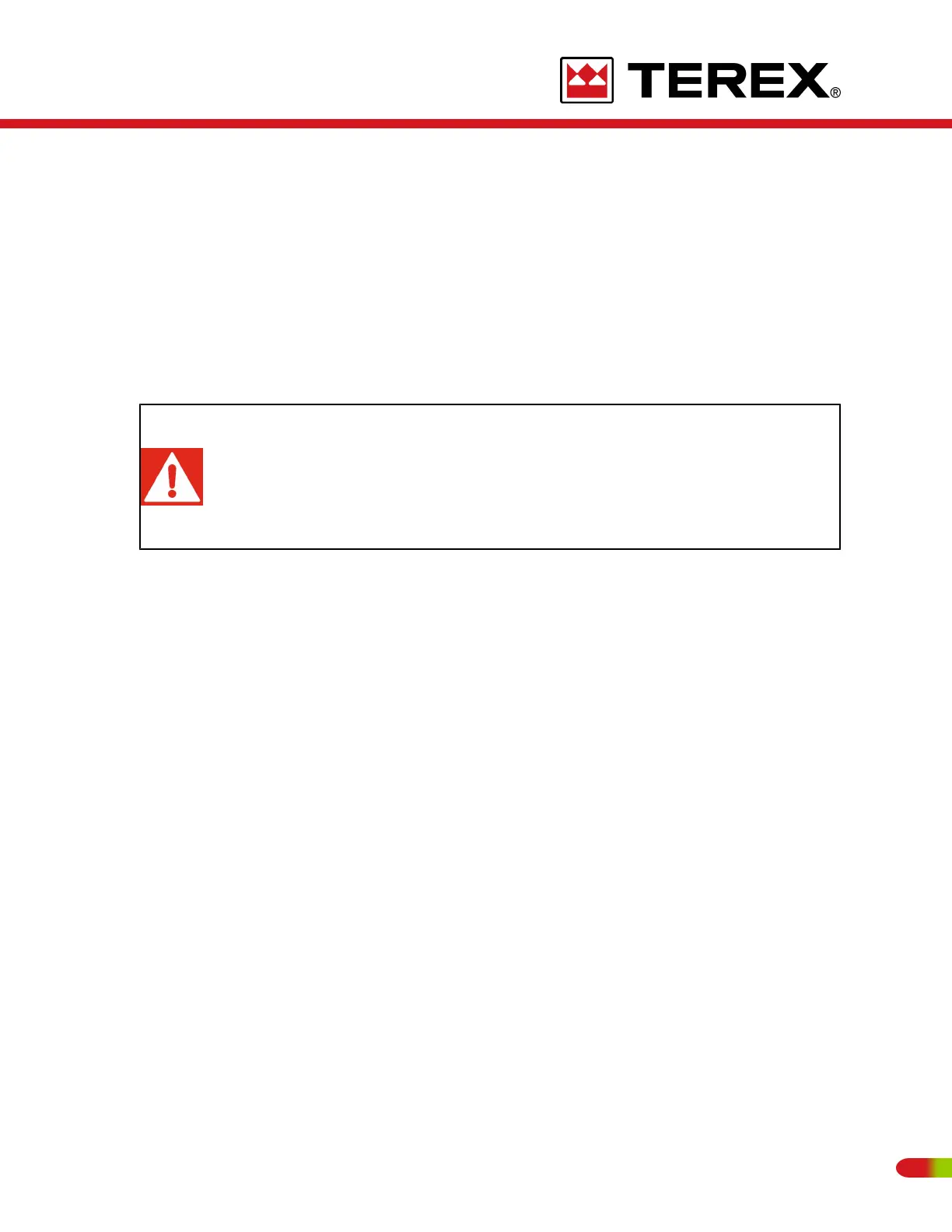exceeding the rated load as determined by the load rating charts. When
operating a hydraulic crane, the operator should realize that hydraulic and
structural competence, NOT TIPPING LOAD, is often the determinant of lifting
capacity.
Therefore, THE OPERATOR MUST BE GUIDED SOLELY BY THE
APPROPRIATE MANUFACTURER’S LOAD RATING CHART when considering
load weight. The manufacturer’s rated loads must never be exceeded.
Cranes which are factory equipped with auxiliary winches will require additional
counterweight if the auxiliary winch is removed. Refer to the capacity chart
(load rating plate) for the required counterweight total.
When lowering light loads, be sure to maintain sufficient cable tension to
prevent the cable from becoming loose on the cable drum. Loose cable
can slip and then bind suddenly, causing “jerky” lowering and shock
loading of the boom. Loose wraps may form loops which can be overlain
when the cable is wound onto the winch drum. These conditions can result
in personal injury or property damage.
117REVISED:

